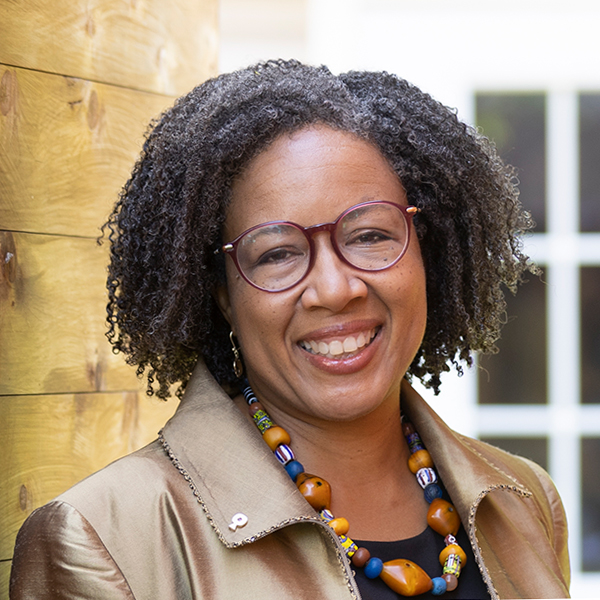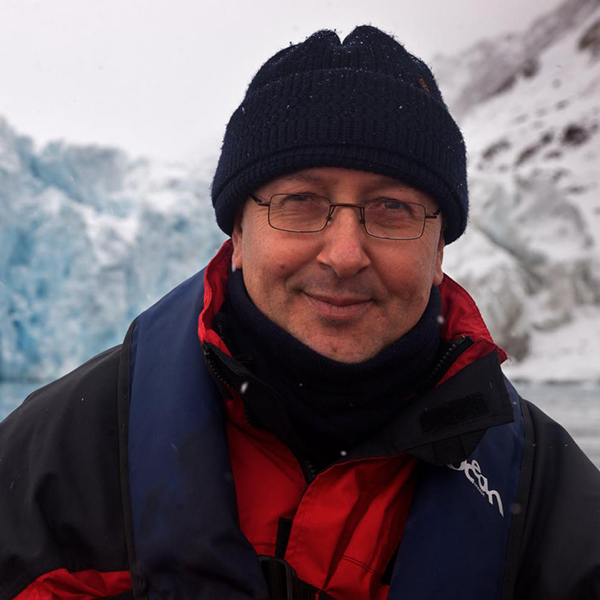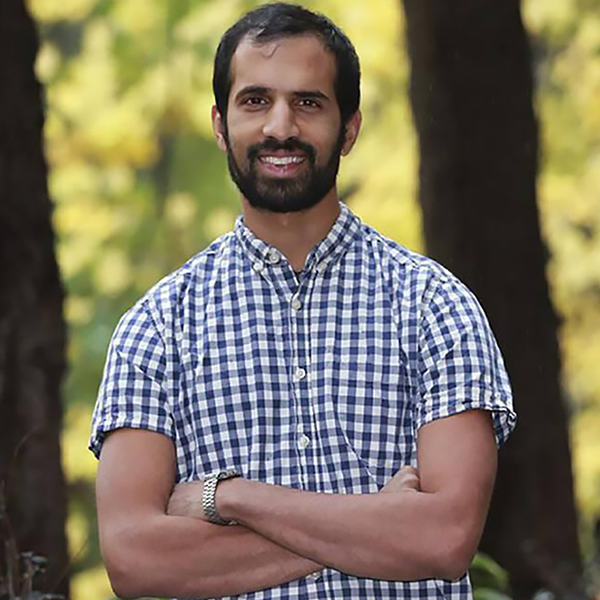Myriam Denov, BSW’94, has two pictures to show me, both drawn by a young Ugandan girl and both featuring her family. The drawings tell a disturbing story.
The first depicts stick figures on a pink background. A man, her father, carries a gun, flanked by his family. Underneath the picture, the child has described it. “I was carried by my father,” she wrote.
In the second picture, the girl has drawn her mother, stepfather, and brothers smiling together in a group. Towards the bottom of the page, the girl and her sister, both of them born in captivity during war, stand alone, frowning. The main house, where the mother, stepfather, and brothers sleep, dominates the top half of the page. A smaller structure has been drawn above the frowning sisters – it’s where they sleep, away from the rest of the family.
These drawings, created in Northern Uganda following the Lord’s Resistance Army (LRA) insurgency, surprised Denov. A professor of social work at McGill, she is the University’s Canada Research Chair in Youth, Gender and Armed Conflict (Tier 1), and her work focuses on children born of wartime rape, child soldiers, and the resettlement of war-affected youth. Her work earned her a Pierre Elliott Trudeau Foundation Fellowship in 2014 and she is the co-editor of the recently published Children Affected by Armed Conflict: Theory Method and Practice.
Denov and her research team looked into the experiences of women who had been forced into marriages with LRA soldiers, and the lives of the children who had been born of rape within those forced marriages.
“What we found consistently, and surprisingly, was that a lot of the children talked about how their family was stronger, their sense of connection was better, and they were better off economically during the war, than [they were] afterwards,” Denov says. “Because of the stigma and the marginalization and the victimization that children faced in the post-war period, they actually told us that their experiences during war were better than their experiences in the post-war period. And that was really shocking because of the extreme forms of violence, brutality, depravation and starvation that they had experienced during the war.”
Denov emphasizes the importance of using culturally appropriate methods when doing research on such sensitive issues. In northern Uganda, her research partners are women who were formerly in the LRA – held captive for over a decade, these women founded an organization after the war ended to assist other women and children in the post-war context. “While I bring research skills and training to the organization, they, in turn, teach me everything about context and culture and how the research should be carried out,” she says.
The research underpinning Denov’s 2010 book Child Soldiers: Sierra Leone’s Revolutionary United Front was done with 12 youth researchers who themselves had been child soldiers in the conflict. After receiving research training, the youths helped conduct focus groups, individual interviews, and data analysis. “I’ve just found that that enriches the research, the data,” Denov says. “Going into that kind of context, where you’re initially perceived as the ‘expert,’ but I believe it’s those young people who are the experts and have a lot to teach the adults about their own lived experiences.”
Participatory research involving youth is an approach that Denov continues to use, notably for projects in Rwanda and here in Canada, where one project focuses on war-affected refugees in Quebec. Her research also often involves art – another practice that both enriches her findings and requires cultural knowledge and sensitivity.
In Uganda, Denov says, the research team used papier-mâché mask-making at the beginning of their process. Participants affected by war helped each other to make the masks; after they had dried, they painted them with colours representing their war and post-war experiences. Making the masks helped the participants bond and articulate their feelings, and the masks served a dual purpose, allowing the participants to cover their faces to seek a bit of safety or privacy as they shared their stories.
Denov, whose research is also centred in Rwanda and Cambodia, initially brought members of her Ugandan research team to Rwanda to discuss how art could play a role there. As the process of mask-making was being discussed, Denov says, a silence fell over the Rwandan research team members. “This is where the youth came in,” Denov says. “One of the youth researchers just looked at [my team] straight and said, ‘That’s not going to work here.’”
“It was actually really devastating,” Denov says. “The youth said, ‘During the [Rwandan] genocide, people wore masks to hide their identity, because people were slaughtering their neighbours.’” Denov and her Ugandan team quickly realized that mask-making wouldn’t work in this instance. They decided, with the guidance of the Rwandan youth researchers, to pursue a different path – the idea of drawing rivers of life, which would allow women to depict and identify the geography of their lives, zeroing in on the moments that felt significant to them.“
It sounds so clichéd, but in terms of working in a post-war context, it’s really about listening,” says Denov.
Cultural context also comes into play closer to home. It can colour the perception that Canadians have of some child soldiers, Denov observes. Our involvement in Afghanistan, for example, contributed to the way many Canadians saw Omar Khadr – emphasizing his position as an enemy combatant rather than as a youth caught up in conflict.“
At the same time that Omar Khadr was in Guantanamo Bay, another very famous child soldier, Ishmael Beah, was portrayed in an extremely positive way,” says Denov. Media coverage of Khadr was often unsympathetic – one National Post headline described him as “Canada’s boy terrorist.” Beah, who had fought in Sierra Leone, was viewed quite differently. “[Beah] went to the U.S. and spoke at the UN, and became an ambassador for the issue,” explains Denov. “He wrote a memoir about his life, which was initially supported by Starbucks. Even though it was the same timing, there was a very different reaction.”


